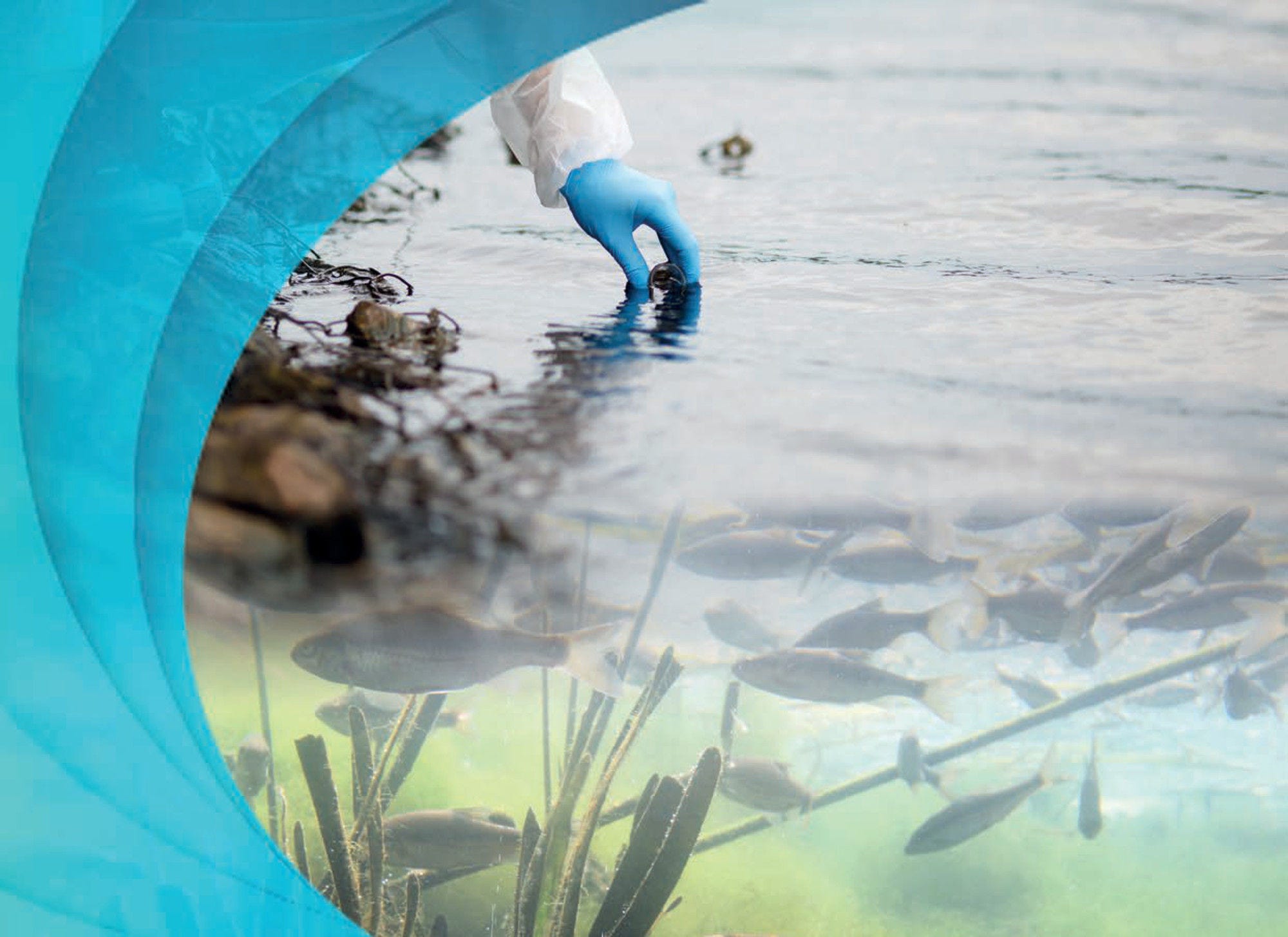Water quality concerns are making the headlines - from pesticides in tap water to per and polyfluoroalkyl substances (PFAS, or ‘forever chemicals’) in lakes and estuaries. While chemicals have contributed to important socio-economic progress for human life, animal health and economic welfare in general, a variety of substances are steadily discharged into the natural environment. Endocrine disrupting chemicals are an example of contaminants of emerging concern that affect the healthy functioning of the endocrine system in humans and wildlife. Traces of these chemicals can be found almost everywhere in our freshwater environment, including rivers, lakes, groundwater, estuaries, sediments, wastewater and drinking water.
The impacts of endocrine disrupting chemicals are deeply concerning for the environment and human wellbeing. Scientists observed the complete collapse of a fish population in a Canadian experimental lake, after the introduction of very low concentration levels of estrogen commonly used in the birth control pill. The economic costs of endocrine disruptors are equally worrying. The disease burden incurred by endocrine disrupting chemicals is estimated to amount to USD 340 billion in the United States alone.
There are many uncertainties around the precise impact of chemicals on human and environmental health, and therefore the effective policy responses. This report provides an overview of the state of knowledge on the environmental, human health and economic impacts of endocrine disrupting chemicals in freshwater. It also considers the crucial role of science in this context, as OECD countries increasingly use novel water monitoring methods to detect these substances. This publication documents case studies of such new monitoring methods, and explores how they can benefit water quality regulation. The analysis focuses on the negative effects of endocrine disrupting chemicals on human health and wildlife, rather than mere detection of the individual substances in water. In line with previous OECD publications on contaminants of emerging concern in water, our policy recommendations seek to prevent and remedy the problem throughout the chemical lifecycle, from source to the end of pipe.
Building on the OECD Council Recommendation on Water, which explicitly refers to endocrine disruption and recommends that resources are allocated to “improve standards for water quality target setting, building on the latest scientific knowledge and the most effective technologies”, this report acts as a concrete contribution. The OECD analyses and policy recommendations cut across multiple policy domains, including water and environment, chemicals and health. I trust this unique capacity creates value for our member countries and beyond. It is my hope that the findings will serve as a key reference for policy makers in the roll-out of next-generation water quality monitoring programmes and policy responses to curb the risk of endocrine disrupting chemicals in water.
Jo Tyndall
Director
Environment Directorat
OECD

